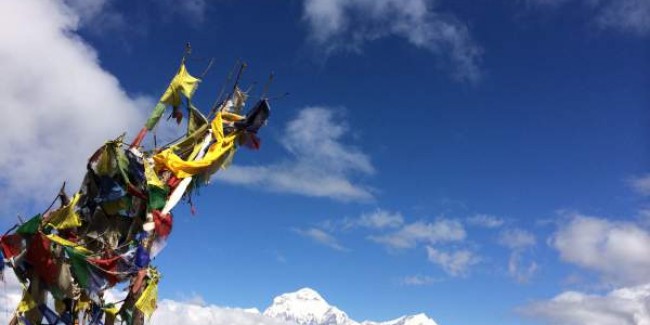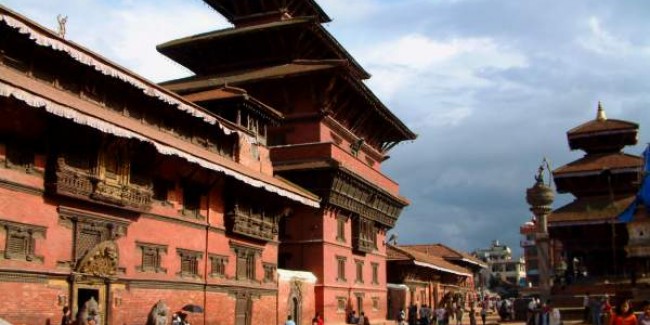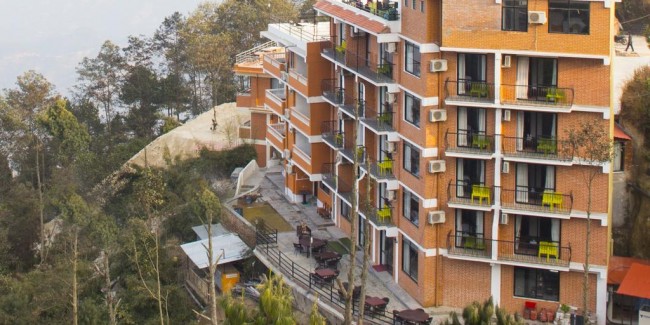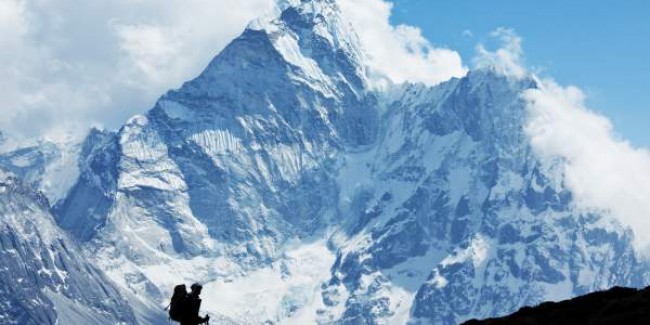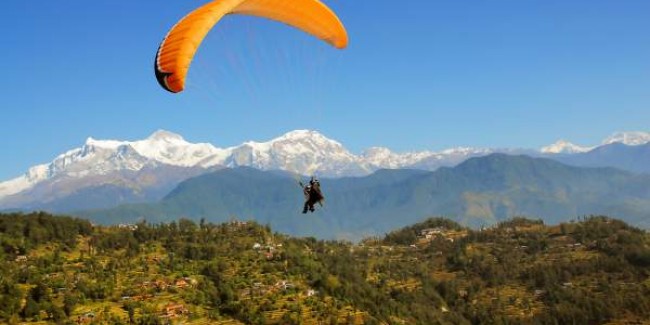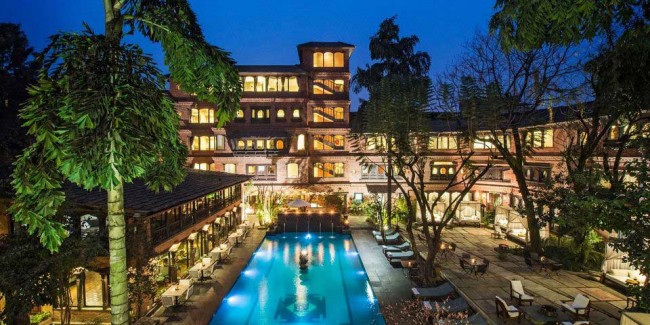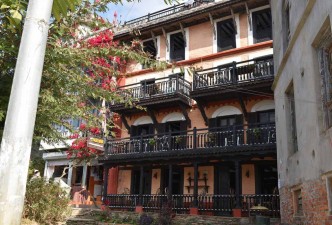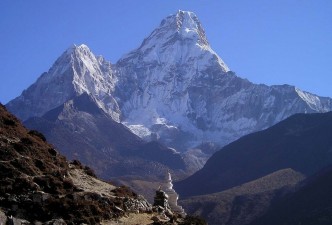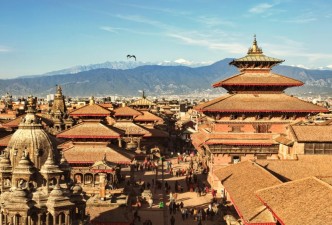Nepal: A Land of Rich Culture, Heritage, and Wildlife
Nepal, nestled in the majestic Himalayas, is not only known for its towering peaks but also for its incredible cultural heritage and vibrant wildlife. This small yet diverse country is a melting pot of ethnicities, languages, and traditions. From the ancient temples of Kathmandu to the serene landscapes of Pokhara and the Terai lowlands, Nepal offers an enriching experience that goes beyond trekking and adventure. With a strong influence of both Hinduism and Buddhism, Nepal is a spiritual hub that attracts travelers seeking cultural immersion and connection with nature.
Cultural Heritage of Nepal
Nepal’s culture is a harmonious blend of different ethnic groups and their traditions, deeply influenced by Hinduism and Buddhism. The capital city of Kathmandu is the cultural heart of Nepal, home to stunning UNESCO World Heritage Sites like the Kathmandu Durbar Square, where ancient palaces and courtyards stand as a testament to the country’s rich history. Visitors can also explore the iconic Swayambhunath Stupa (Monkey Temple), a Buddhist stupa that offers breathtaking views of the city and surrounding mountains.
The city of Patan, also known as Lalitpur, is another cultural gem, with its intricately carved temples and pagodas reflecting the artistic achievements of the Newar people. Patan Durbar Square, with its golden spires and centuries-old sculptures, is a must-visit for anyone interested in Nepal’s artistic heritage. In nearby Bhaktapur, the traditional lifestyle of the Nepalese people is preserved, and the town’s architecture is a fine example of the medieval culture that has endured for centuries.
Pokhara: The Gateway to the Himalayas
The lakeside city of Pokhara is another cultural and natural highlight of Nepal. Known as the gateway to the Annapurna mountain range, Pokhara is renowned for its breathtaking views of snow-capped peaks, tranquil lakes, and laid-back atmosphere. Visitors can explore the serene Phewa Lake, where boating is a popular activity, or visit the sacred Tal Barahi Temple, located on an island in the middle of the lake. The World Peace Pagoda offers panoramic views of the Himalayas and Pokhara Valley, making it a must-visit for both nature lovers and spiritual seekers.
Pokhara is also known for its vibrant cultural life. It hosts many festivals and events throughout the year, allowing visitors to immerse themselves in the traditions of the local Gurung and Magar communities. Whether you are hiking up to Sarangkot for sunrise views of the Annapurna range or enjoying the lively markets in the old town, Pokhara offers a unique blend of nature and culture.
Spiritual Centers and Festivals
Nepal is a spiritual haven for both Hindus and Buddhists. One of the most important pilgrimage sites is Lumbini, the birthplace of Lord Buddha, which draws pilgrims from around the world. The site is home to ancient monasteries and the revered Mayadevi Temple, where visitors can experience the serene ambiance of this sacred place. In addition, the holy Pashupatinath Temple in Kathmandu is one of the most sacred Hindu temples, where rituals and ceremonies take place along the banks of the Bagmati River.
Nepal’s cultural vibrancy is also reflected in its festivals. The colorful festival of Dashain, celebrating the triumph of good over evil, is the most widely celebrated Hindu festival in the country. Similarly, the festival of lights, Tihar, is celebrated with grand feasts and offerings to animals like crows, dogs, and cows, symbolizing the connection between humans and nature. These festivals showcase the deep-rooted traditions and spiritual connections of the Nepalese people.
Wildlife and National Parks in Nepal
Nepal’s diverse geography is also reflected in its rich wildlife, making it a prime destination for nature lovers. The southern region of the Terai is home to the famous Chitwan National Park, a UNESCO World Heritage Site known for its jungle safaris. Visitors can explore dense forests and spot endangered species like the Bengal tiger, one-horned rhinoceros, and wild elephants. Birdwatchers will delight in over 500 species of birds that inhabit the park.
Another wildlife sanctuary worth exploring is Bardia National Park, which offers a more remote and tranquil experience. Here, visitors can encounter rare wildlife like the Gangetic dolphin, swamp deer, and the elusive snow leopard in the high-altitude regions. In addition to wildlife, Nepal’s national parks, like Sagarmatha National Park (home to Mount Everest) and Langtang National Park, offer pristine landscapes of alpine meadows, glaciers, and unique flora and fauna.
Conclusion
Nepal is a treasure trove of culture, heritage, and wildlife. Whether you’re exploring ancient temples, discovering the serene beauty of Pokhara, participating in colorful festivals, or embarking on a jungle safari, Nepal offers an enriching journey filled with unforgettable experiences. Its blend of spiritual significance, rich traditions, and diverse wildlife makes it a must-visit destination for travelers seeking a deeper connection with both culture and nature.

 Nepal
Nepal Singapore
Singapore Taiwan
Taiwan India
India Bhutan
Bhutan Tibet
Tibet China
China Sri Lanka
Sri Lanka Thailand
Thailand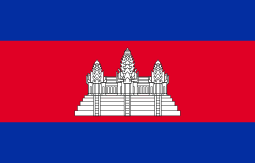 Cambodia
Cambodia Vietnam
Vietnam Laos
Laos Japan
Japan South Korea
South Korea Maldives
Maldives Malaysia
Malaysia Indonesia
Indonesia Philippines
Philippines Mongolia
Mongolia Uzbekistan
Uzbekistan Ethiopia
Ethiopia Kenya
Kenya Madagascar
Madagascar Mauritius
Mauritius Morocco
Morocco Namibia
Namibia Rwanda
Rwanda South Africa
South Africa Tanzania
Tanzania Tunisia
Tunisia Uganda
Uganda Zimbabwe
Zimbabwe Egypt
Egypt Jordan
Jordan Oman
Oman Saudi Arabia
Saudi Arabia United Arab Emirates
United Arab Emirates Armenia
Armenia Bulgaria
Bulgaria Croatia
Croatia Cyprus
Cyprus Czech Republic
Czech Republic France
France Greece
Greece Iceland
Iceland Ireland
Ireland Italy
Italy Malta
Malta Portugal
Portugal Romania
Romania Slovenia
Slovenia Spain
Spain Turkey
Turkey America
America Belize
Belize Canada
Canada Costa Rica
Costa Rica Guatemala
Guatemala Mexico
Mexico Panama
Panama Argentina
Argentina Brazil
Brazil Chile
Chile Colombia
Colombia Ecuador
Ecuador Peru
Peru Australia
Australia New Zealand
New Zealand


